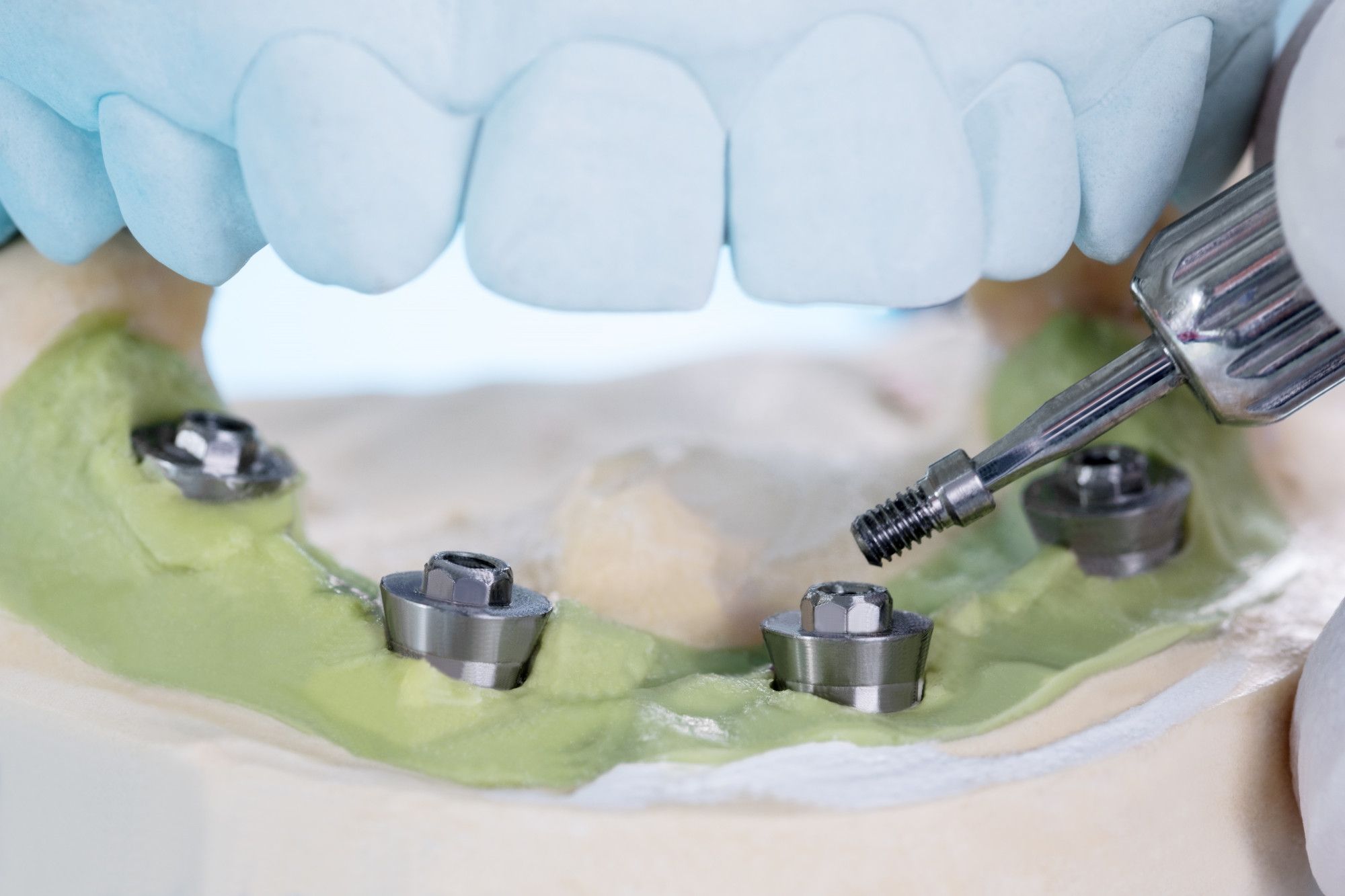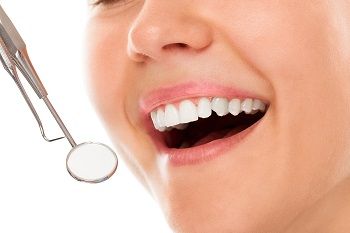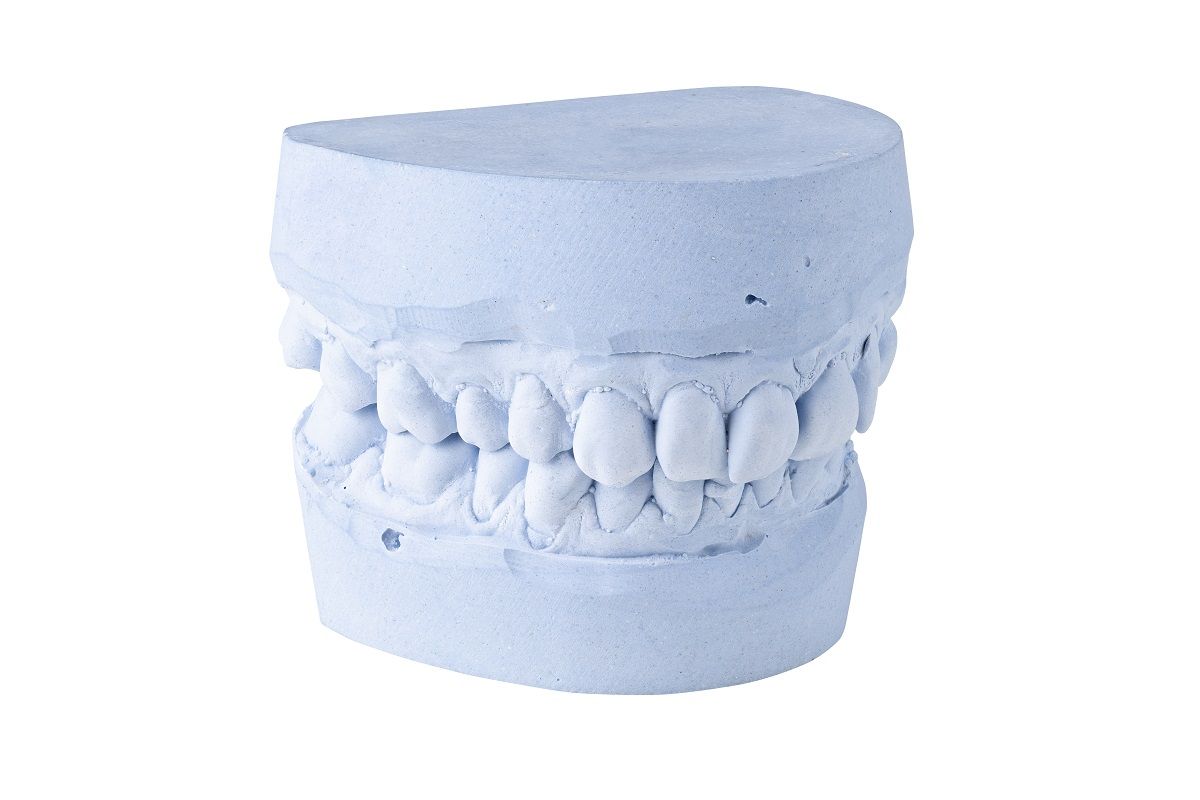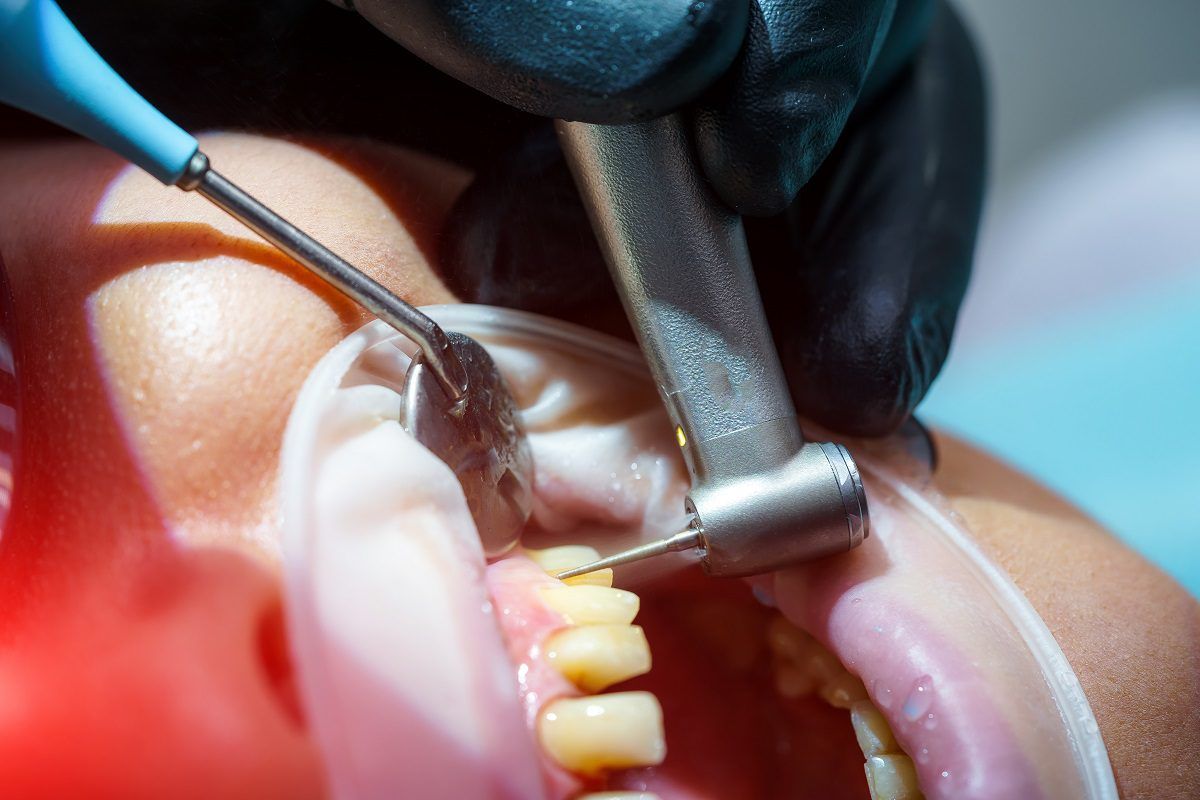

All-on-Four Dental Implants
All-on-four dental implants offer a contemporary solution for restoring full mouth functionality after tooth loss from various causes.
Losing teeth is an unfortunate circumstance that can stem from various factors. Whether the result of an accidental injury, advanced tooth decay, or other oral health issues, the loss of teeth necessitates proper intervention to restore full functionality to the patient's mouth. In this regard, the All-on-four dental implants stand out as a contemporary and highly promising approach to achieving this restoration.
All-on-four dental implants are a modern and effective solution for replacing missing teeth. They are highly durable and offer the most natural-looking results in restorative dentistry. Dental implants are essentially artificial tooth roots surgically placed into the jawbone to provide a strong foundation for replacement teeth. They serve as a sturdy foundation for different unnatural teeth that you can snap in and out or permanently fix in your mouth.
Components of All-on-Four Dental Implants Procedure
- Implant: Picture a tiny, biocompatible screw made of titanium. This little guy gets skillfully placed into your jawbone, hiding beneath your gums. Titanium is the go-to material because it gets along well with your bone tissue. Over time, it becomes one with your jawbone, making it super strong and stable.
- Abutment: Think of the abutment as the connector piece. It gets attached to the implant after your jawbone and gums have healed and cozy up to the implant. The abutment sticks out just a bit above your gumline and is the anchor for your dental prosthesis.
- Prosthesis: This is the part of the implant everyone sees – your new tooth! It can be a single crown (for one missing tooth), a bridge (for a few missing teeth), or even a complete denture (for a whole set of missing teeth). This prosthesis is custom-made to match natural teeth and fits right in.
Why choose All-on-Four Dental Implants?
The All-on-Four dental implant solution presents a superior outcome by establishing a robust fusion by directly integrating anchoring dental implants into the jawbone. This method not only emulates the natural tooth's stimulation, essential for maintaining bone density and jawbone strength but also furnishes heightened stability for the replacement teeth. Consequently, individuals can savor various foods without apprehension of denture instability or inadvertent detachment.
Given these advantages over alternative teeth replacement methods, numerous patients are enthusiastic about delving into the procedure's specifics and anticipating their journey. Let us now delve into the procedural process and gain insight into what patients can typically expect.
It's important to note that the choice of implant type depends on various factors, including the patient's oral health, bone density, and specific dental needs. A thorough examination by a qualified dentist or oral surgeon is essential to determine the most suitable implant type for each case.
All-on-Four Dental Implants Procedure
The "All-on-Four" dental implant technique is a popular and innovative solution for patients missing all or most of their teeth in one or both jaws. This technique allows for replacing an entire arch of teeth using just four dental implants. It offers a more stable and natural-looking alternative to traditional removable dentures.
Here's a more detailed explanation of the All-on-four dental implant procedure:
- Evaluation and Treatment Planning: The first step involves a comprehensive dental examination, including X-rays, CT scans, and impressions. The dentist or oral surgeon assesses your oral health, bone density, and overall suitability for the procedure. Treatment planning is crucial to determine the implants' optimal placement and the prosthetic arch's design.
- Implant Placement: All-on-four dental implants are strategically positioned in each arch during the surgical phase. The two implants at the front typically take place vertically, while the two at the back are at an angle. This angulation maximizes the use of available bone and often eliminates the need for additional bone grafting procedures, which are sometimes necessary with traditional implant methods.
- Temporary Prosthesis: A temporary fixed prosthetic arch is attached to the implants the day after implant placement. You can leave the dental office with functioning teeth immediately after the surgery. It is a significant advantage for patients who want to avoid the inconvenience of going without teeth during the healing period.
- Healing and Osseointegration: Osseointegration occurs over the next few months. It is when the implants fuse with the surrounding bone, creating a stable foundation for permanent restoration. You'll have follow-up appointments to monitor your healing progress during this period.
- Final Prosthesis: A custom-made, permanent set of prosthetic teeth is ready once the implants fully integrate with the bone. This final prosthesis design fits seamlessly with your natural aesthetics and bite. It is made from durable and lifelike materials, providing a functional and attractive smile.
Benefits of All-on-Four Dental Implants
- Stability: The All-on-four technique offers excellent strength and chewing function, similar to natural teeth.
- Enhanced Aesthetics: The prosthetic arch resembles natural teeth, improving your appearance and self-confidence.
- Minimized Bone Grafting: The angulated placement of implants often eliminates the need for extensive bone grafting procedures.
- Faster Results: The immediate placement of temporary teeth means you can enjoy functional teeth shortly after surgery.
- Fixed Solution: The final prosthesis is permanently fixed, eliminating the need for removal like traditional dentures.
- Improved Quality of Life: All-on-four dental implants can significantly enhance your ability to eat, speak, and smile confidently.
It's essential to consult a skilled and experienced dentist or oral surgeon to determine if you're a suitable candidate for the All-on-four dental implant procedure. While it offers numerous advantages, individual oral health and bone structure play a role in its feasibility.
Services
Contact Us
3466 Mt Diablo Blvd., Suite C207
Lafayette, CA 94549
2025 © Lafayette Dental Group | All rights reserved | Powered by: Vigorant, Inc.



